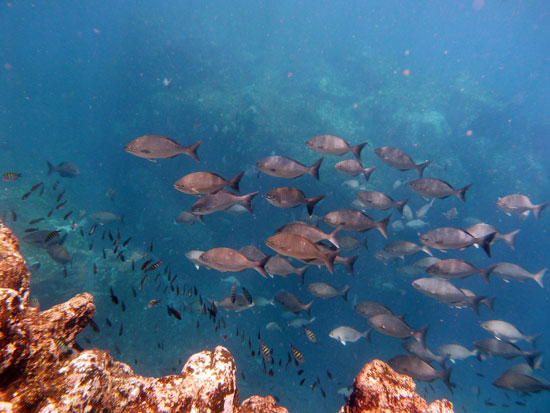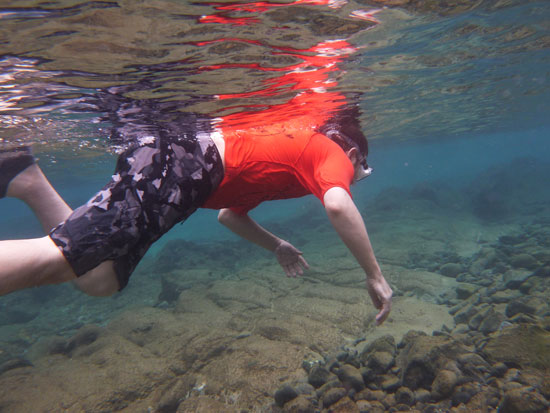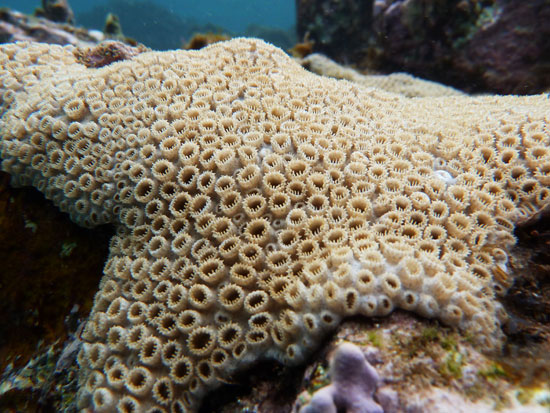
I have returned to São Tomé after three days in Príncipe. My colleagues Jim Shevock and Miko Nadel will stay on Príncipe for another two weeks collecting mosses and lichens. Jim and Miko will be joined by Bob Drewes (Be sure to read Bob's extensive Gulf of Guinea blog) and Andrew Stanbridge in a few days. I leave São Tomé tomorrow morning at 5 AM without a single limpet. A positive spin on the lack of limpets is the fact that there are no limpets on these islands. This raises the question of why. Is it the rock composition? Do African limpet species have poor dispersal capabilities? Are limpets competitively excluded from the islands? Are the algae that limpets typically feed on excluded?
São Tomé and Príncipe are volcanic oceanic islands created by a fissure in the African plate. They belong to an archipelago that also includes Bioko, which is the closest island to the African continent and Annobon, which is the furthest from the continent. São Tomé is younger than Príncipe and dates back to approximately 13 million years while Príncipe is about 35 million years old. Because Príncipe is considerably older than São Tomé and closer to the mainland I thought there would have been more opportunities for limpets to colonize Príncipe. Bioko Island is actually located on the continental shelf and is therefore not an oceanic island and hosts many more continental flora and fauna than do the oceanic islands of this archipelago. Rayna Bell will be traveling to Bioko in August and has generously offered to look for limpets on Bioko.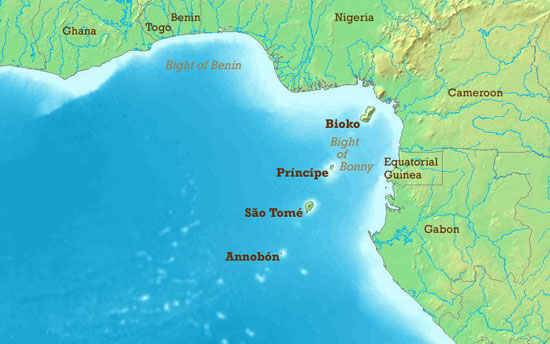
Although I did not find any limpets on Príncipe I saw many other interesting sites and animals.
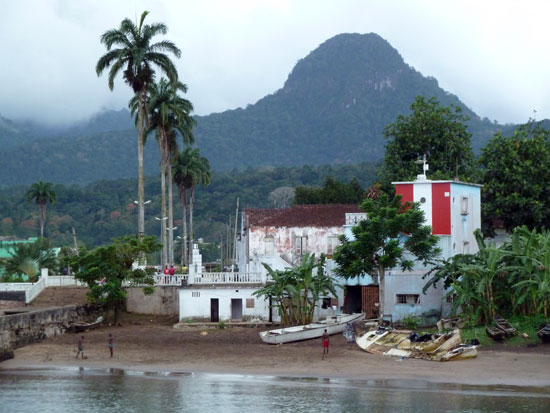
Santo António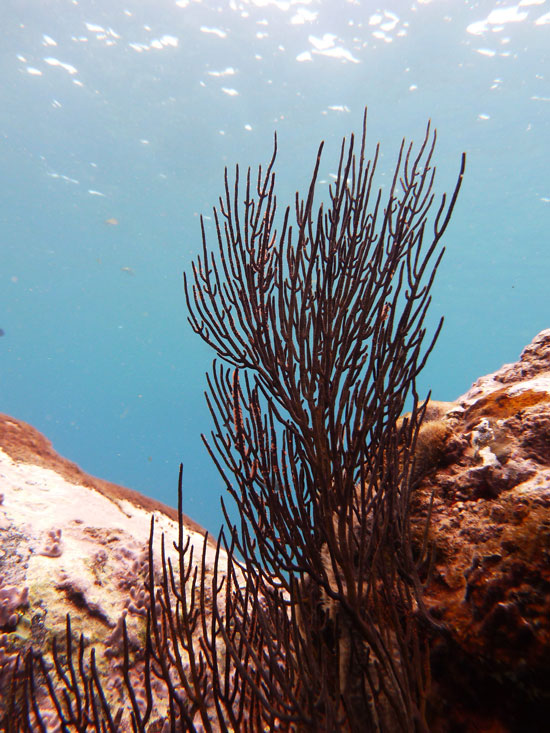
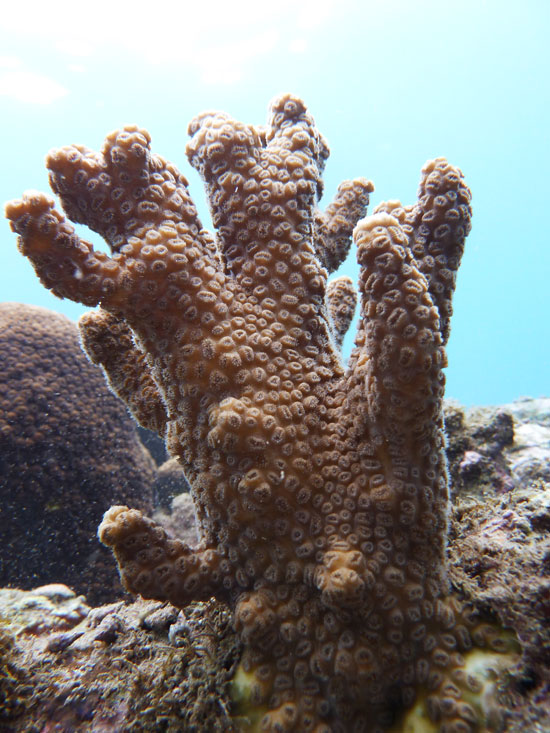
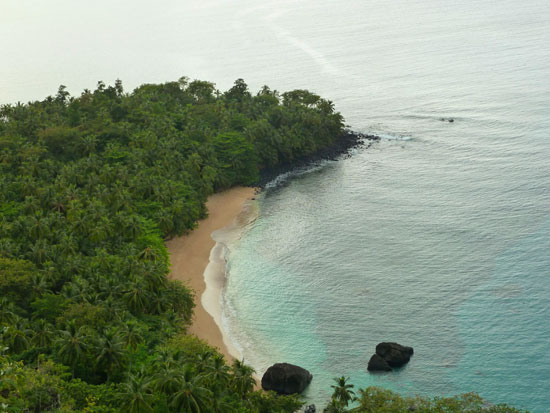 Banana Beach
Banana Beach
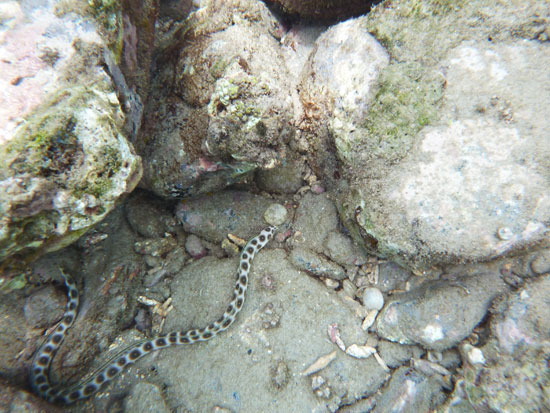
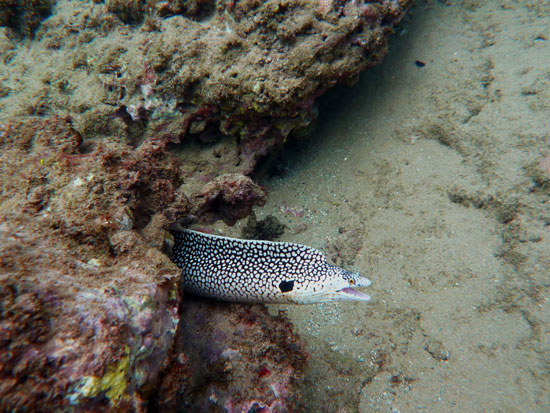
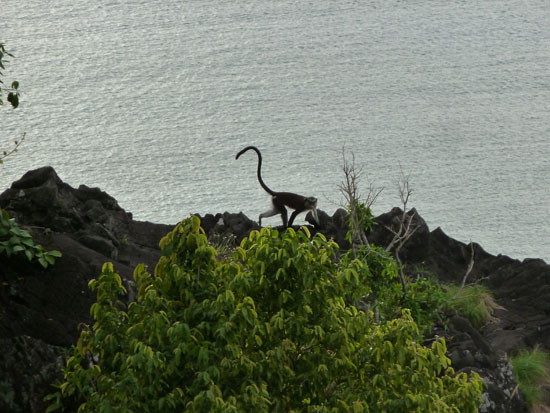
First time I have seen a wild monkey (left, middle row)